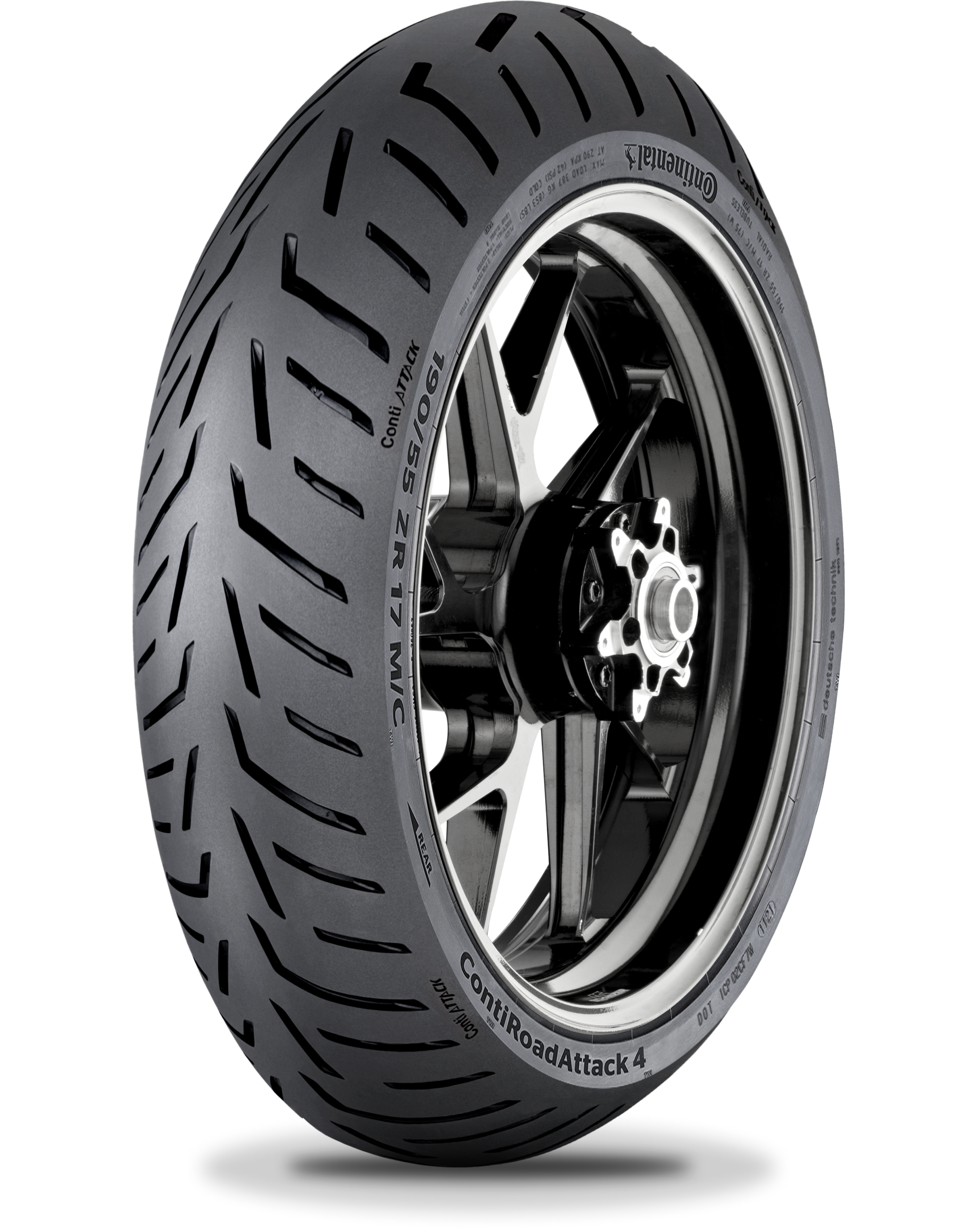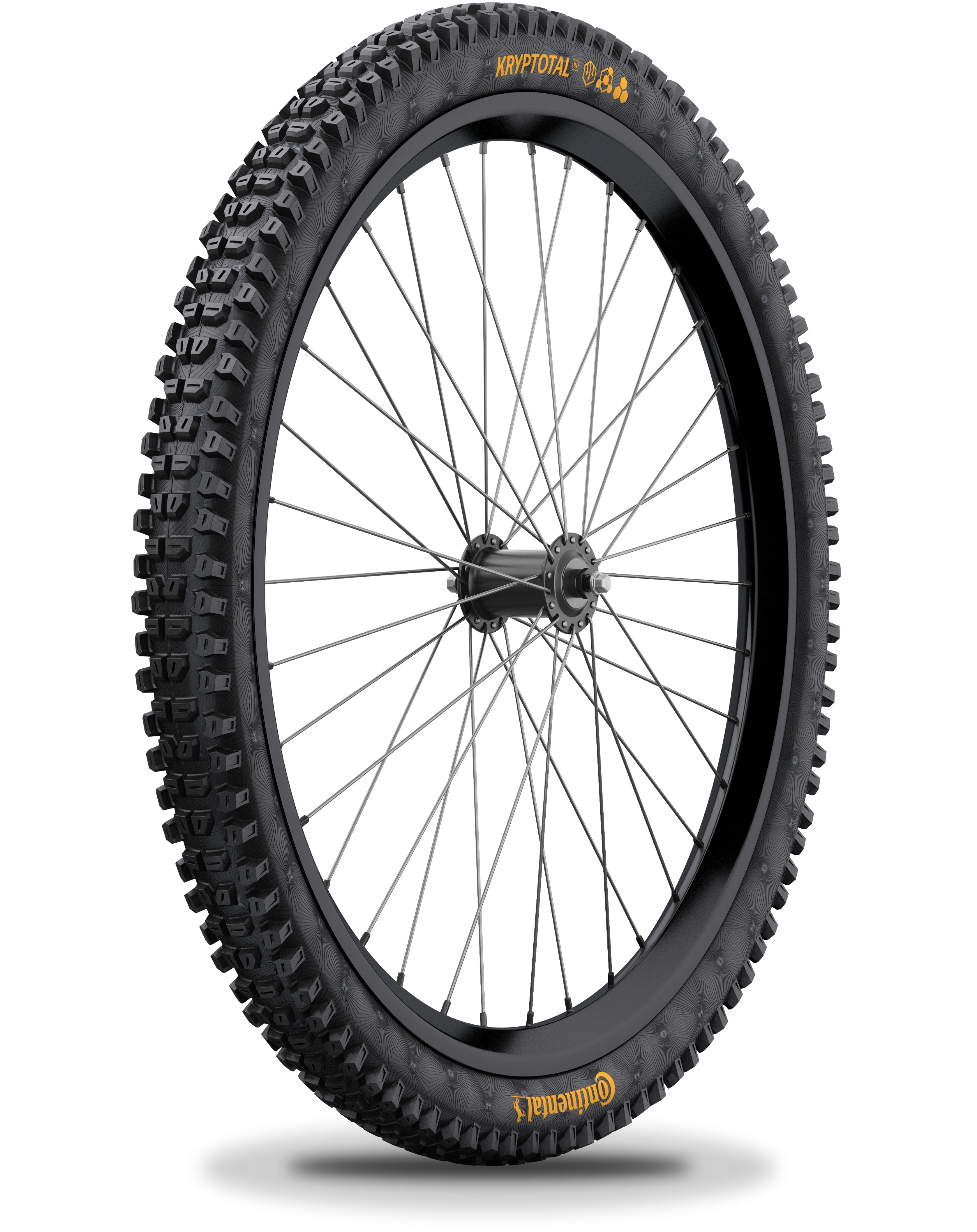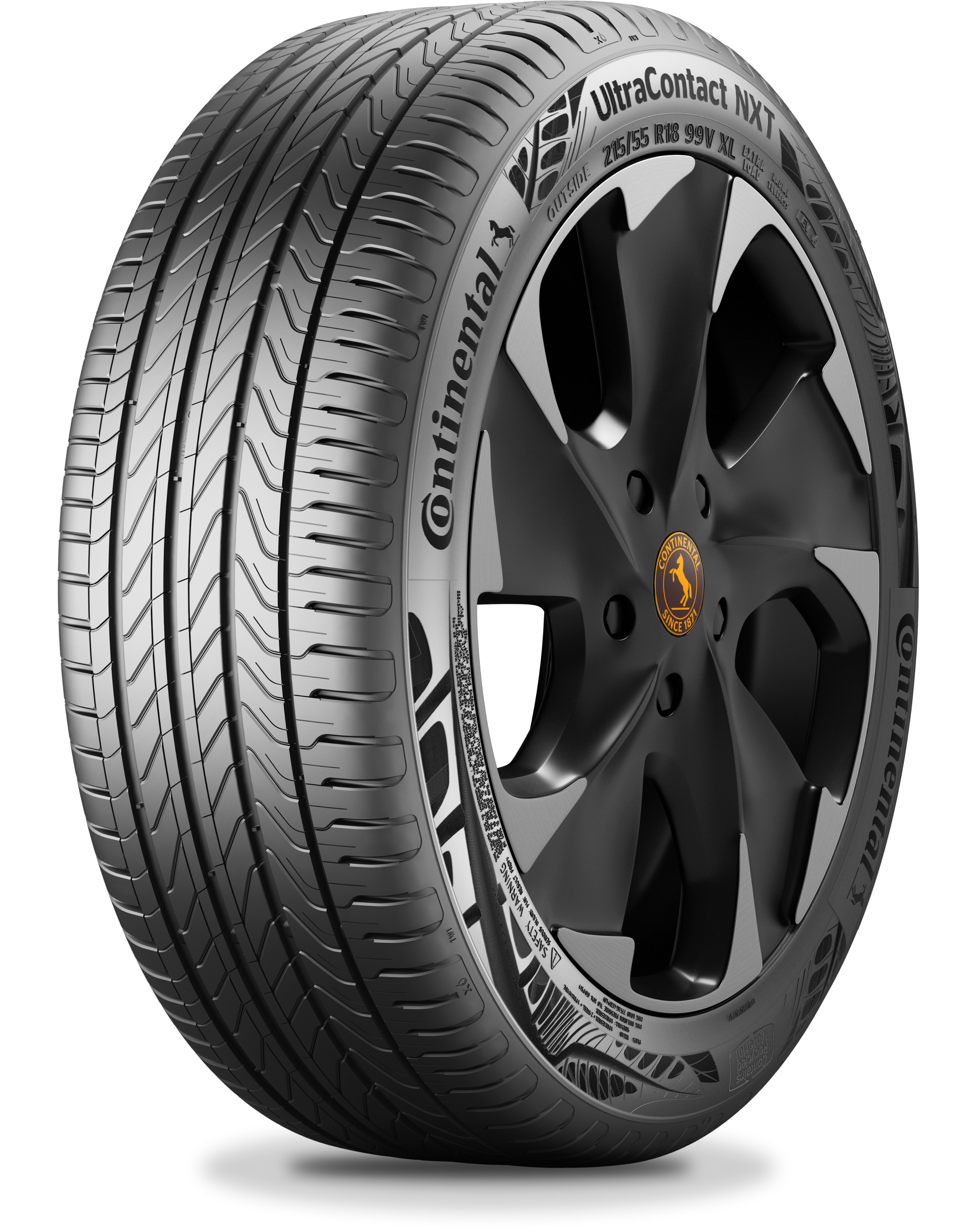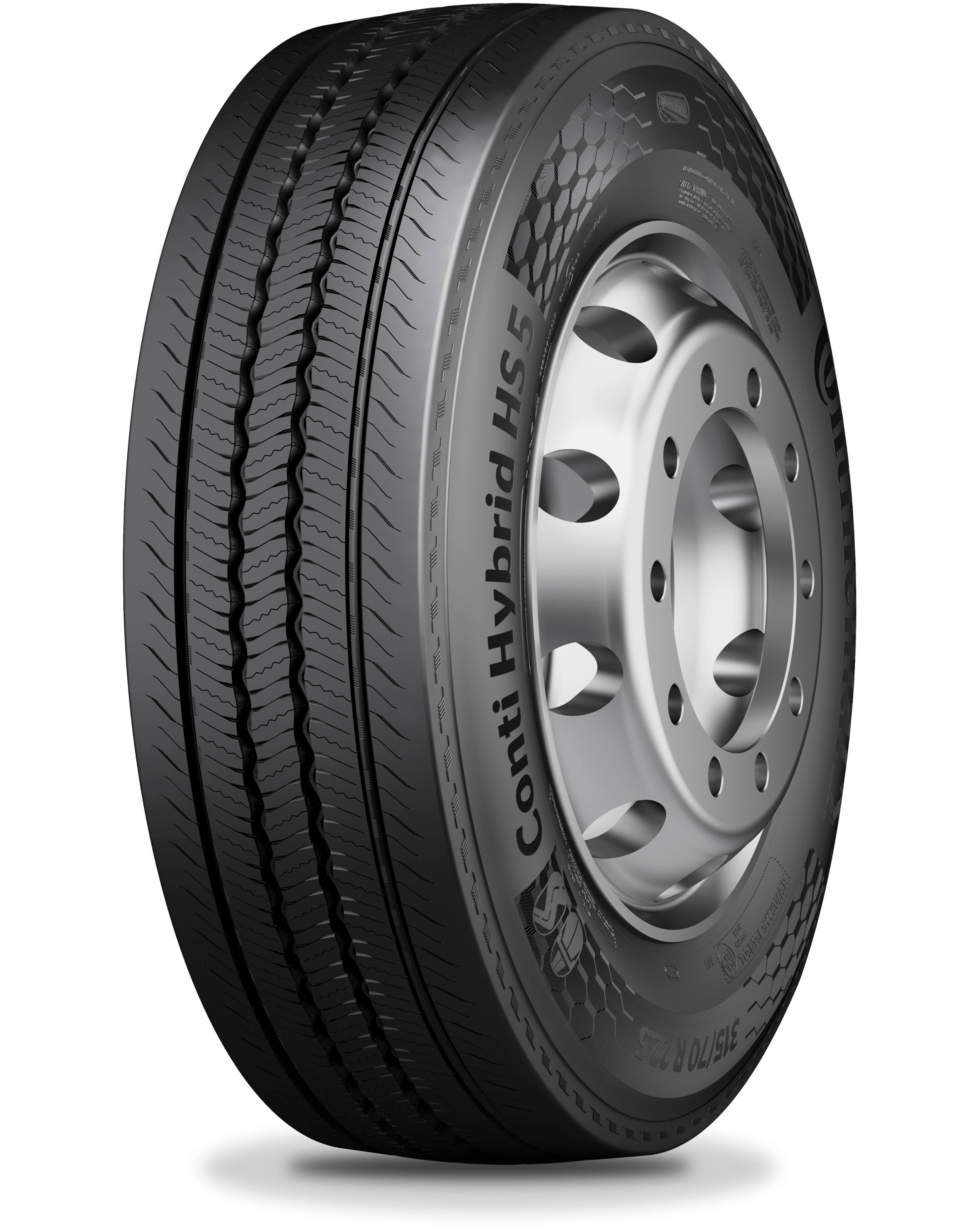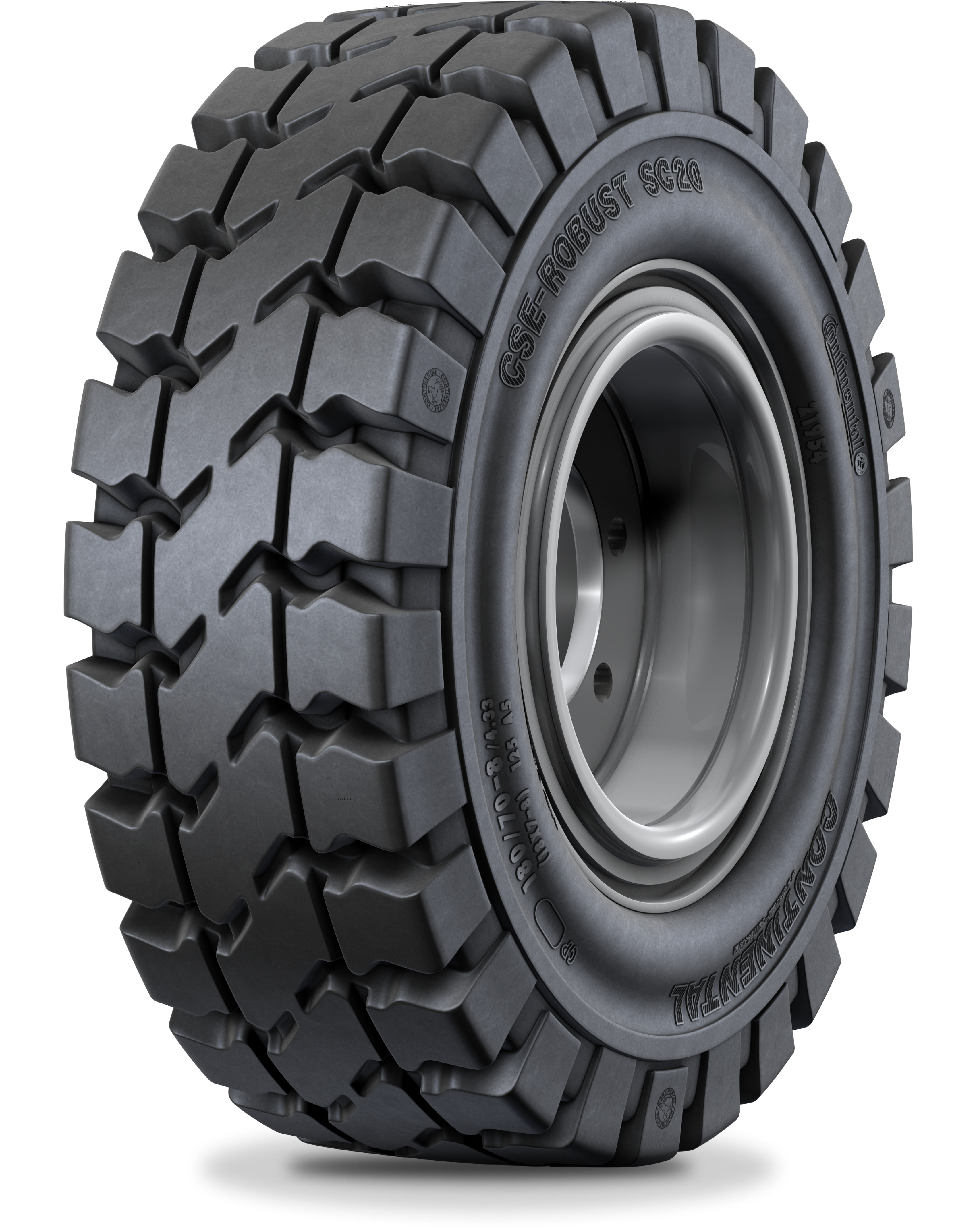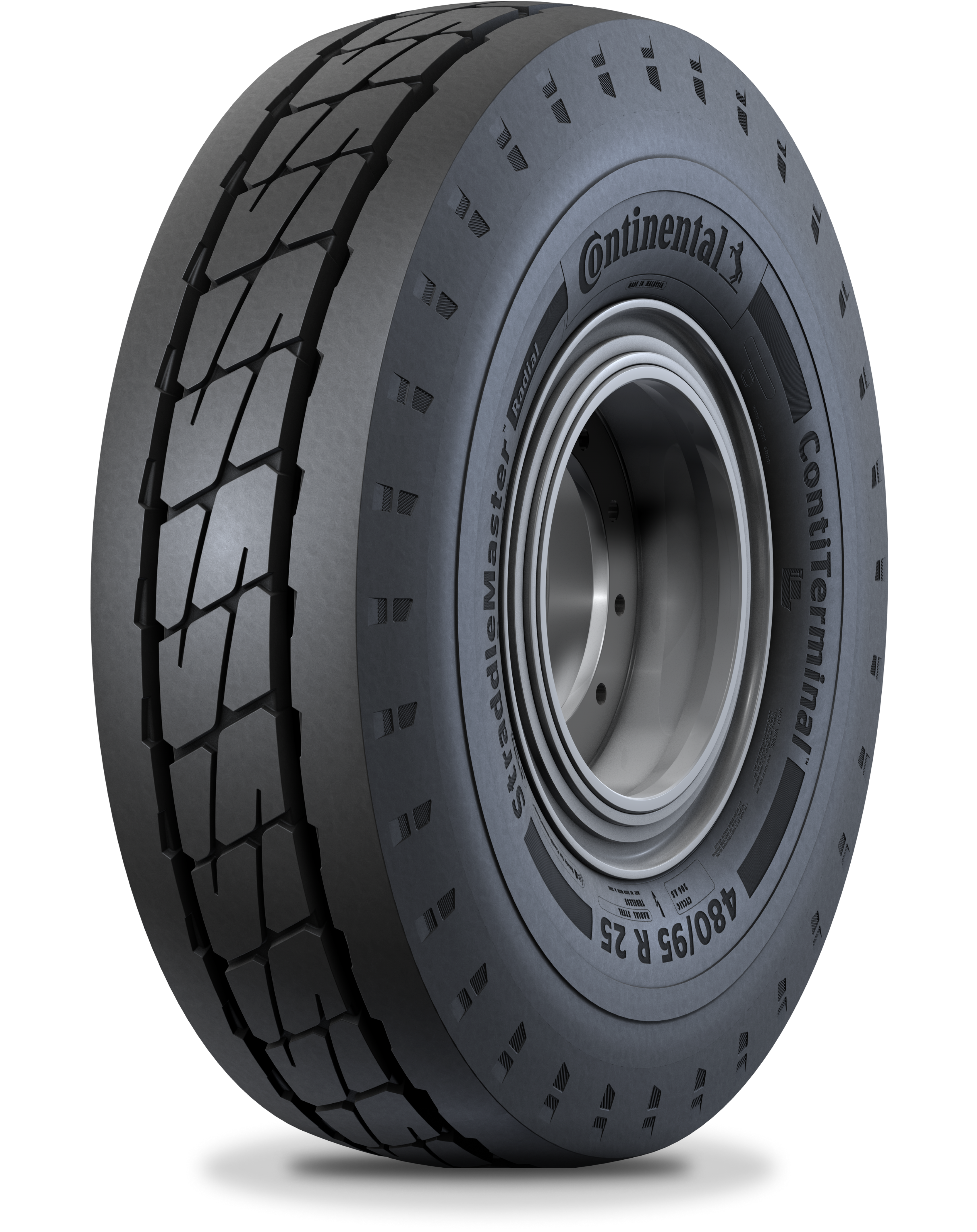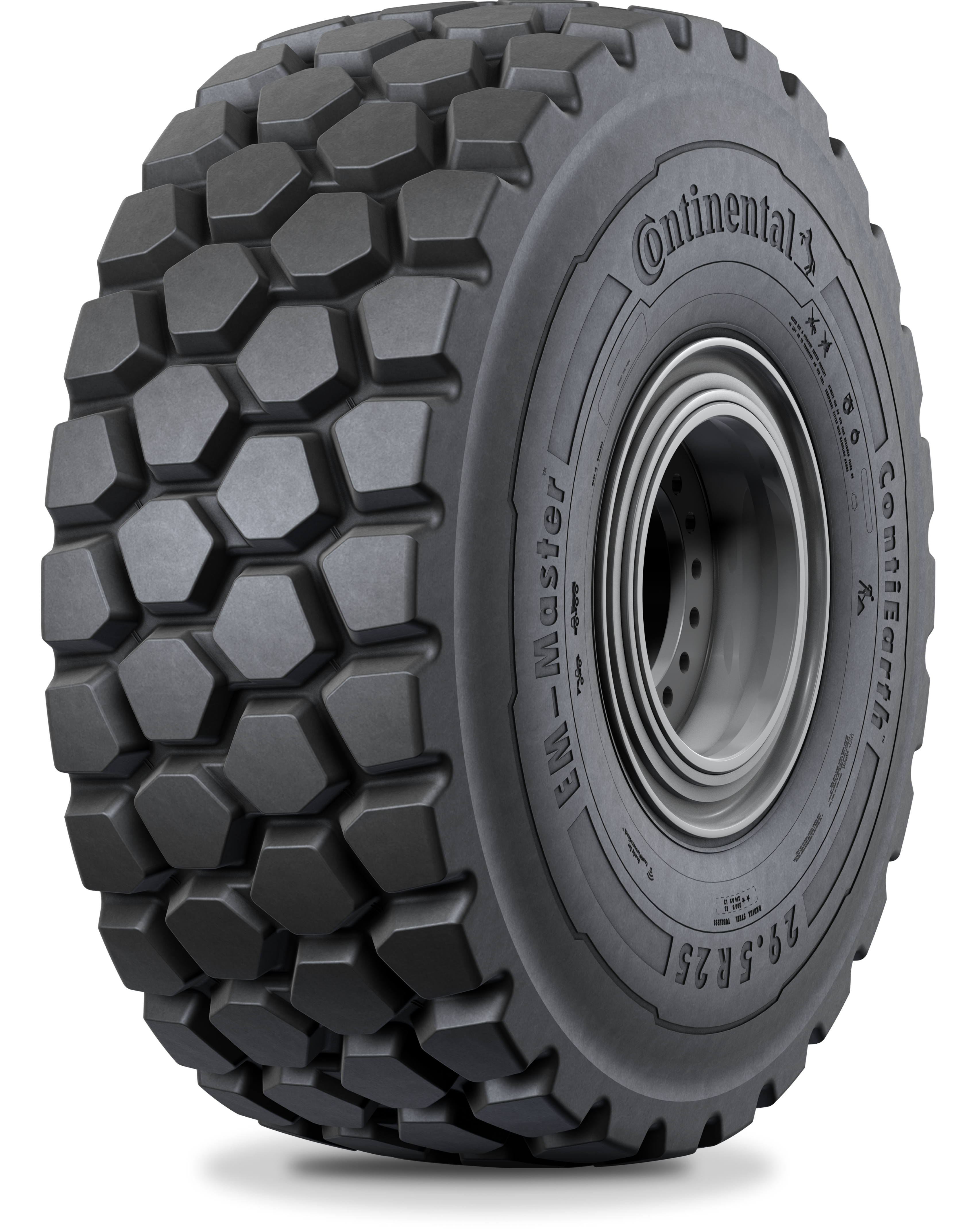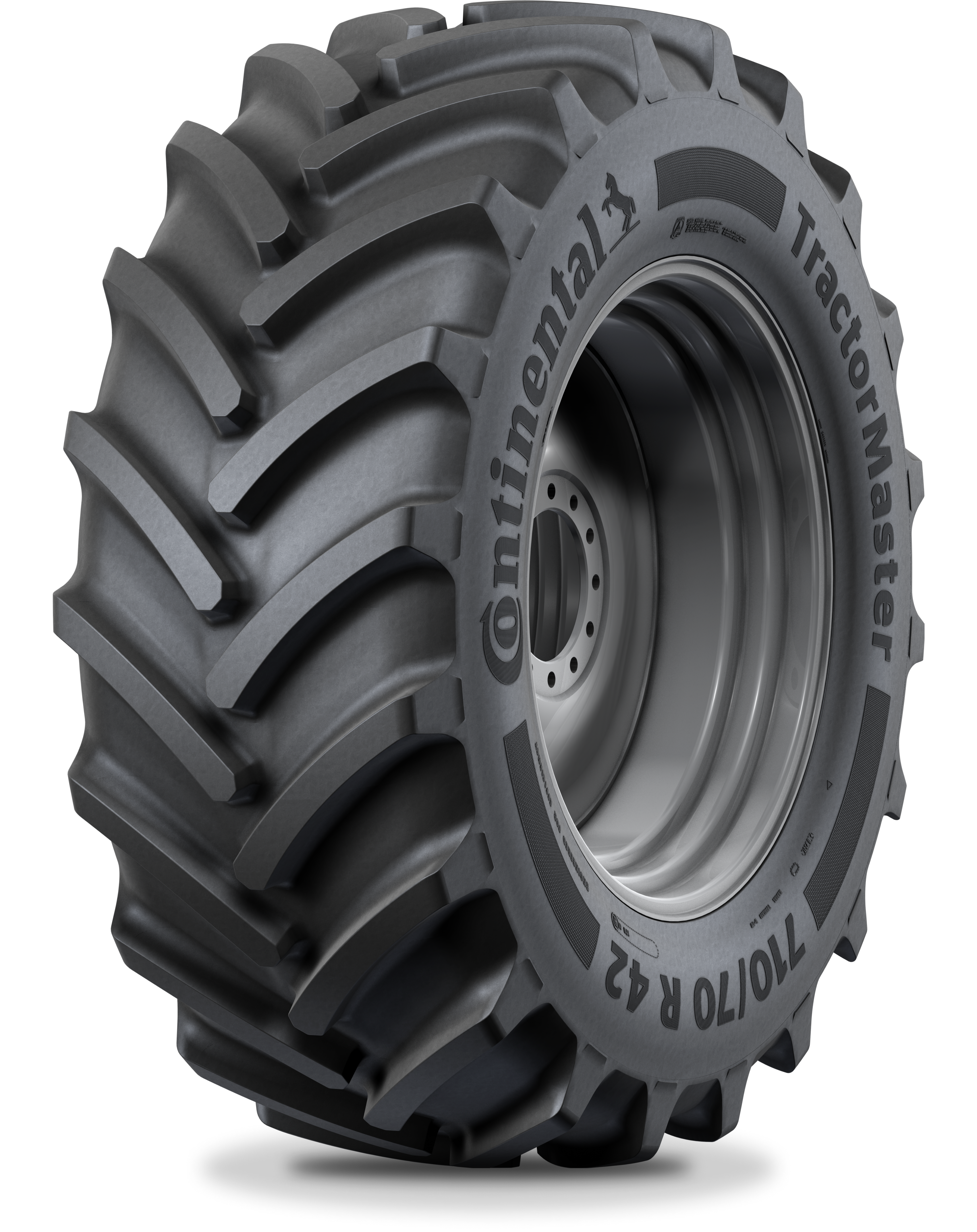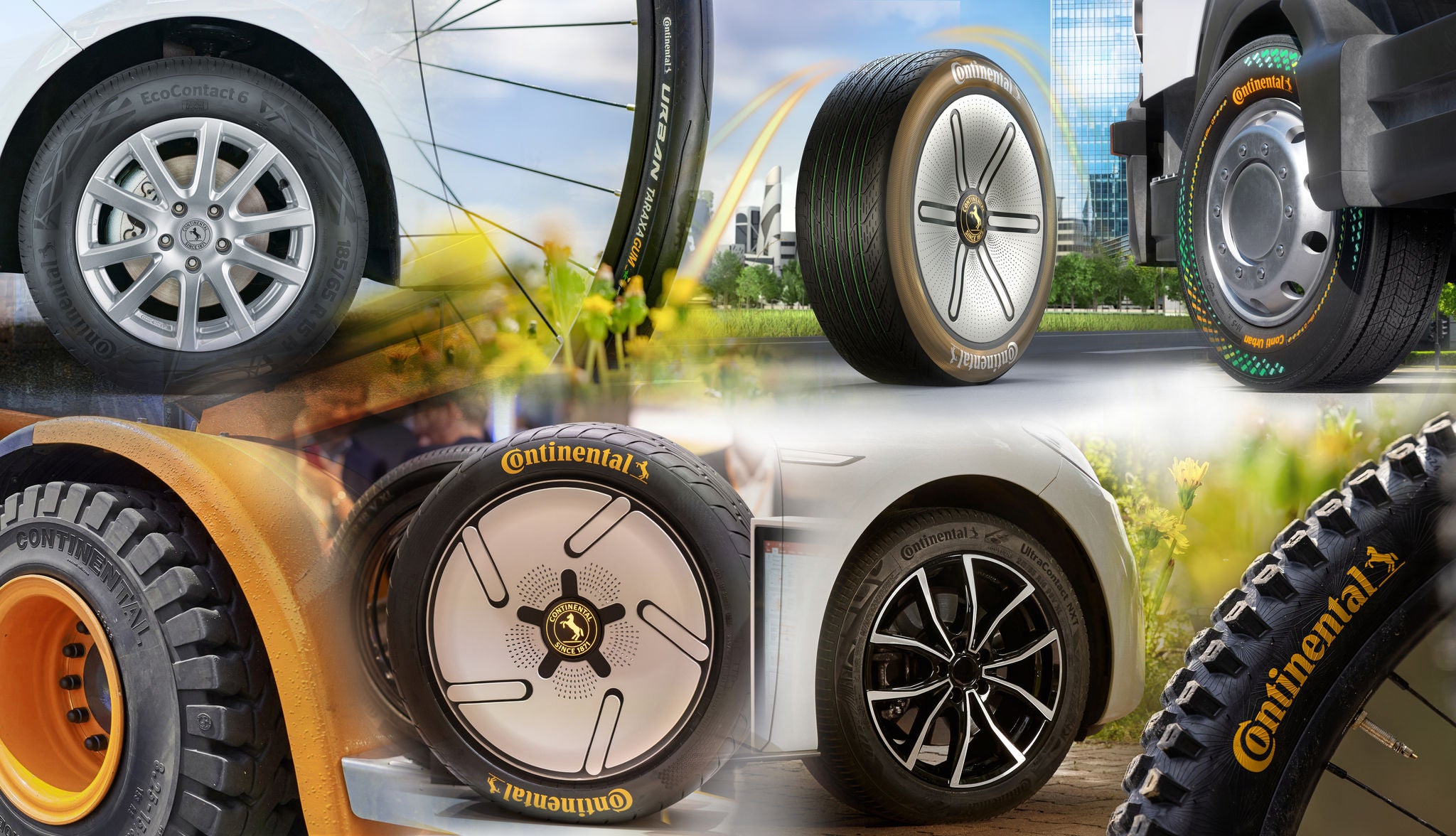
Visit Continental Tires in your country for local vehicle fitment
Discover the range
of Continental Tires

Visit our websites in your region or country for location-specific information
More about Continental Tires
Our Company
Tires are the decisive point of contact between the vehicle and the road. Care, precision, and efficiency have made us one of the world’s leading tire manufacturers.
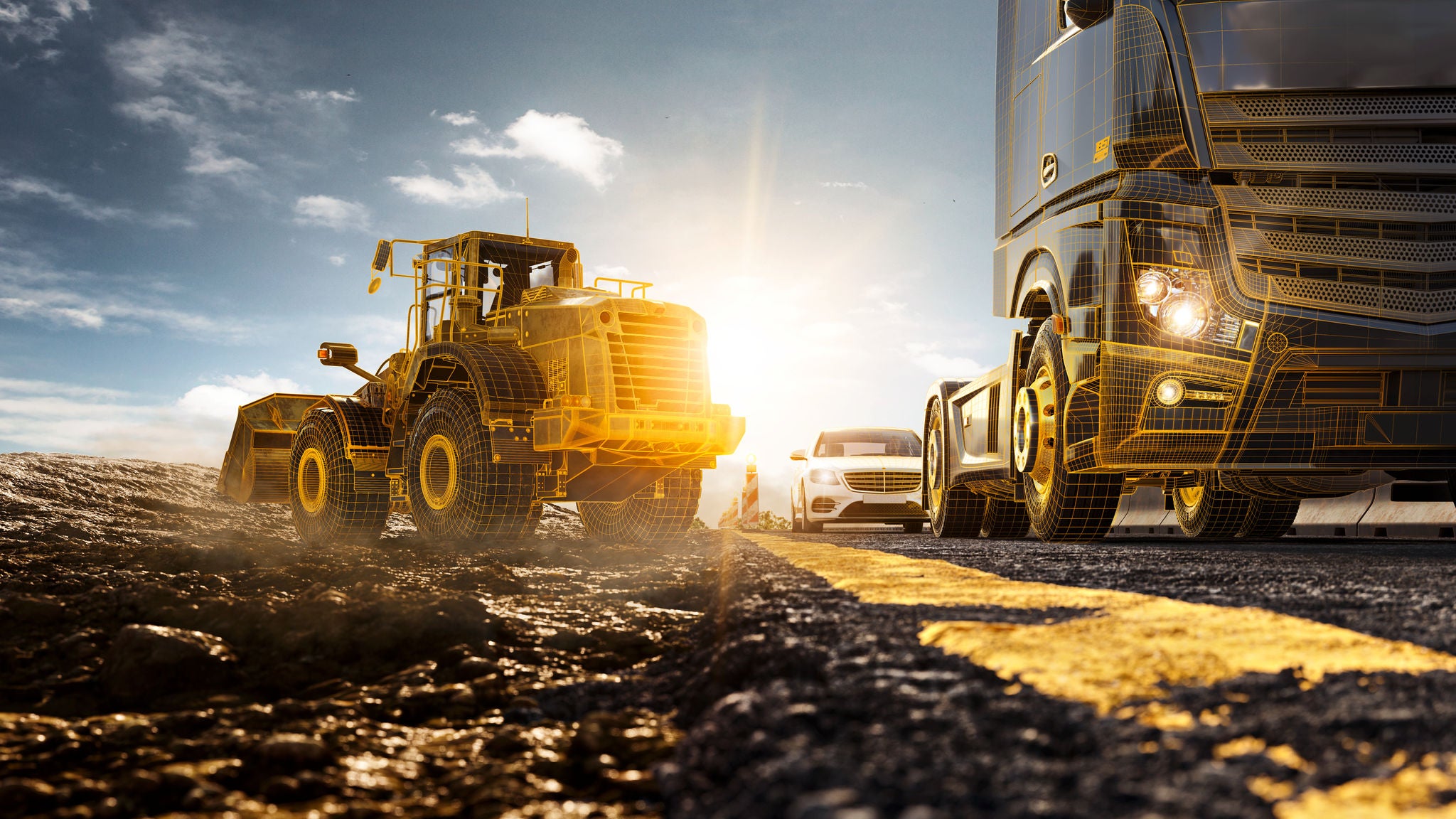
Sustainability
Continental is convinced that sustainable and responsible business increases our ability to innovate and meet the future – adding value to the company. It allows us to identify risks and opportunities early and opens up the change processes we need. This is why sustainability is firmly integrated in our corporate strategy and is a key driver of innovation.

Technology & Innovation
Tires are our passion. For 150 years, our technological excellence has ensured safety. All vehicles benefit from the technological progress of our tires, regardless of their drive system. That's how we drive the mobility of the future.


